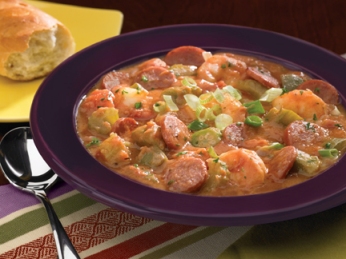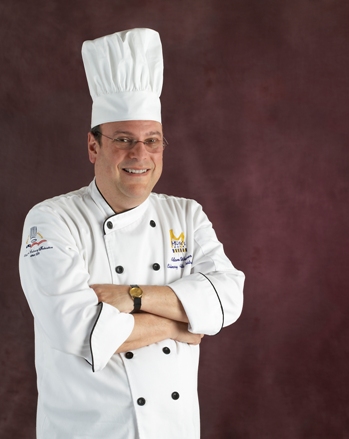50-Minute Classroom: How to Buy Knives, Part 3
Tuesday, 30 November 2010 19:22By Adam Weiner
 Chef Weiner continues his advice for students on knife selection and maintenance. This month: properly using knives.
Chef Weiner continues his advice for students on knife selection and maintenance. This month: properly using knives.
Over the last two months, these articles were written in handout format for your students regarding how to buy knives/how knives are made, and how to hone and sharpen knives. Again, as a handout, this month’s article is about using knives. Next month, the last part of this series, will be on how to care for knives.
Using Knives
Here’s the bad news: You can’t learn how to use a knife from reading a handout, any more than you can learn how to drive a car by playing a computer game. With that said, there are a number of good Web sites on the subject, such as www.hertzmann.com, particularly, “The Three Aspects of Knife Skills.”

 Chef Weiner continues his advice for students on selecting and maintaining knives. This month: the difference between sharpening and honing and the definition of “true.”
Chef Weiner continues his advice for students on selecting and maintaining knives. This month: the difference between sharpening and honing and the definition of “true.” Part 1 of a two-part series from Chef Weiner on advising your students on selecting and maintaining knives.
Part 1 of a two-part series from Chef Weiner on advising your students on selecting and maintaining knives. Says Chef Weiner, using firm-cooked sausage to teach the technique of braising can be accomplished within a short class time and brings the concept home to students.
Says Chef Weiner, using firm-cooked sausage to teach the technique of braising can be accomplished within a short class time and brings the concept home to students. Says Chef Weiner, with summer here, it’s time to look at your curriculum, look at your syllabus, look at your lesson plans, and see what you can do to make sure you teach the basics your students need to get and keep a job.
Says Chef Weiner, with summer here, it’s time to look at your curriculum, look at your syllabus, look at your lesson plans, and see what you can do to make sure you teach the basics your students need to get and keep a job.